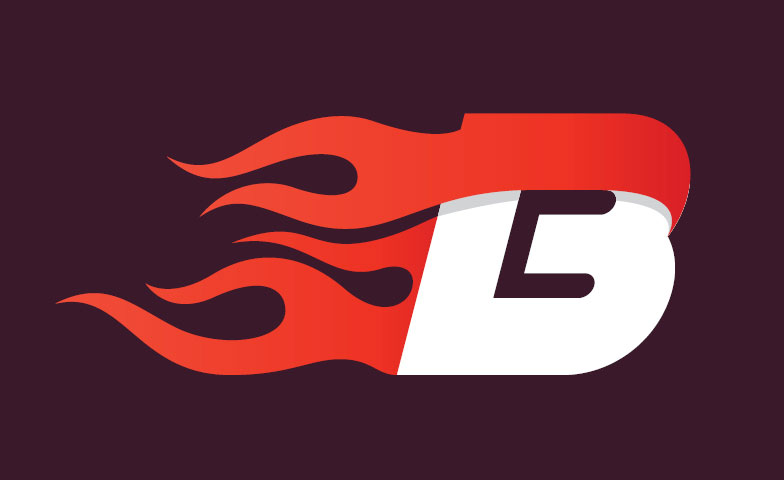And Say Hello to the Letter A for Amazing Middle Grades!
- Binary: Students should be empowered to make learning choices, and they should be working alongside others to grow, to flourish, to explore, to be challenged, to set goals, to stumble, and to achieve… without the divisive binary of “I’m the teacher, you’re the student.” They need to see teachers and administrators as learners, too.
- Burger: Education is a process of assembling and constructing to meet unique learning needs and tastes (while also fostering a learning community), and a food that resembles that process is the burger. It can be tailored to fit the learning palette, while also offering opportunities to stretch/push it. Some learners (including teachers, staff, and administrators) may want a plain burger of learning, but they actually need it with mayo and pickles—so adding those pieces to the meal is essential to helping them expand and grow.
- Because: Do the right thing, the best thing, the most helpful thing, the kindest thing for the young adolescents and the people we serve just…. because. Yes, more praise or more pay may be reasons to do more, but we should remain driven by the power of just because. Doing the right thing for others for no reason at all can show our students (and other adults around us) that a learning community grows when service and kindness aren’t mandated—they just happen.
- Back: Back has so many meanings with the critical middle. We need to always look back and remember what we were like as young adolescents. We need to encourage our students and families to give back to their schools and communities. And we need to have each other’s backs when times get tough. Our young adolescents need adult advocates that they can fall back on as they navigate their tempestuous seas.
- Blinders: What sets a true middle school apart is that its teachers and staff always have their eyes open—for the good stuff and the rough stuff. Even when it would be easier to do so, no one puts their blinders on. No one shuts their door and says, “None of my business.” They are looking for changes in students, so they can respond proactively and celebrate early and often. They are watching their fellow teachers so they can support one another and also grab/steal/borrow their great pedagogical tricks.
- Boom: At an effective and amazing middle school, learning is engaging, differentiated, and filled with BOOM! Young adolescents need curriculum that is integrative, exploratory, challenging, relevant, and explosive. Like asteroids that make huge impacts on the earth, our teaching should leave indelible impressions on the lives of young adolescents we serve.
Now we get to the start of it all. The letter A. First, the sound of this letter is perfect for the middle grades. It can resemble a celebration, an epiphany, an exclamation that someone has just learned something wonderful—as in, “Ay, I got it!” Or it can cut through the air like a stinging rebuttal, a tense refusal, a sharp accusation—as in, “Ay, leave me alone!” In other words, just the sound of this letter illustrates the potential triumph and challenge of middle school.
And in terms of the shape of the letter, it looks like teaching, learning, and leading in the middle grades, as well. There is goal at the top, a climb to meet that goal, and a supportive handhold in the middle to help us as we ascend. In fact, that middle bar also steadies us if we should descend in the other direction after we reach our goal. As an English Language Arts and Reading teacher, to me the letter A resembles the classic plot diagram that begins with the setting and characters, moves to the rising action, reaches the climax (a word that you need to use cautiously with young adolescents), and finally moves on with the falling action, resolution, and denouement. This diagram can be used to help our students examine decisions they need to make or to assist them as they examine actions they’ve already made. What goal do they want to reach? Who is going to be a protagonist to support them? Who is going to be an antagonist to challenge them? What internal and external conflicts can they anticipate and how can they meet them? How will they know when they’ve reached their goal? How will they celebrate and reflect once they’ve attained it so they can grasp the themes and the enduring understandings? That’s what the A is all about in sound and sight.
What “A” words will show up in the weekly blogs to come? Stay tuned to find out, AMLE friends and neighbors!
